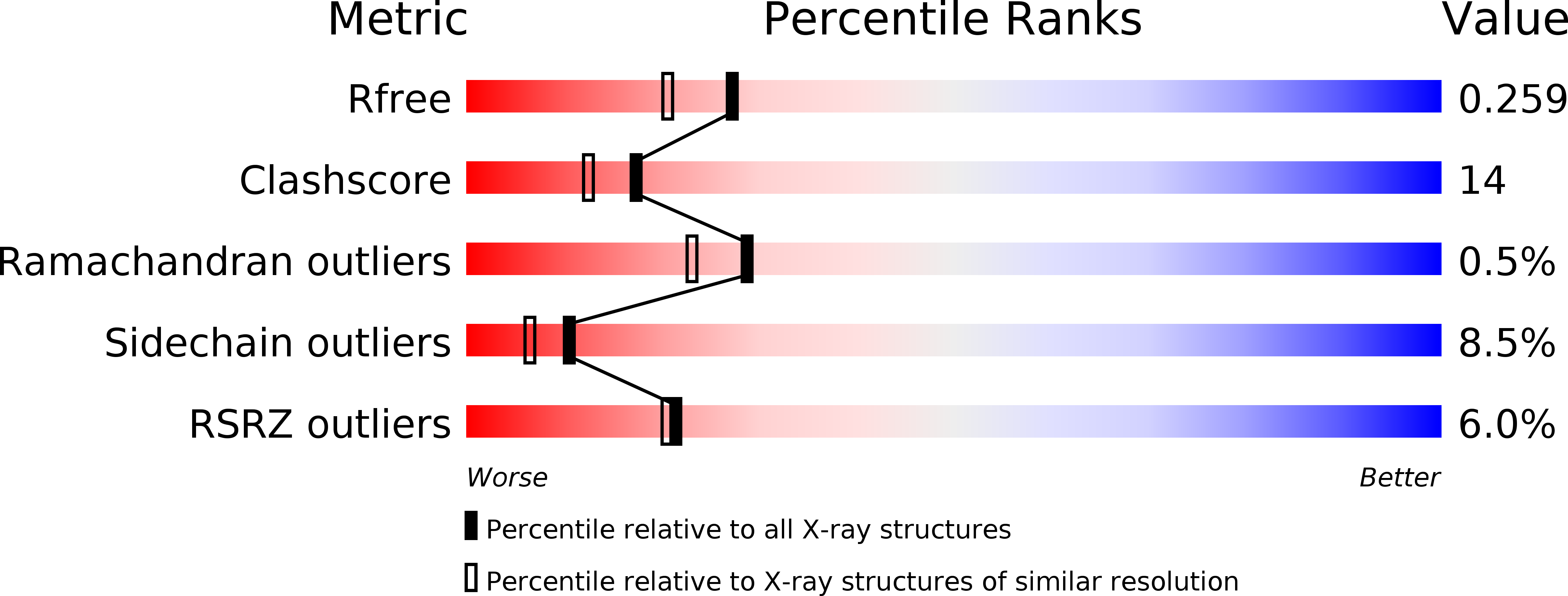
Deposition Date
2019-06-11
Release Date
2020-04-22
Last Version Date
2024-10-30
Entry Detail
PDB ID:
6PAJ
Keywords:
Title:
Structure of the SrrAB Histidine Kinase DHp-CA domain
Biological Source:
Source Organism:
Staphylococcus aureus (Taxon ID: 1280)
Host Organism:
Method Details:
Experimental Method:
Resolution:
2.00 Å
R-Value Free:
0.24
R-Value Work:
0.18
R-Value Observed:
0.18
Space Group:
P 1 21 1


